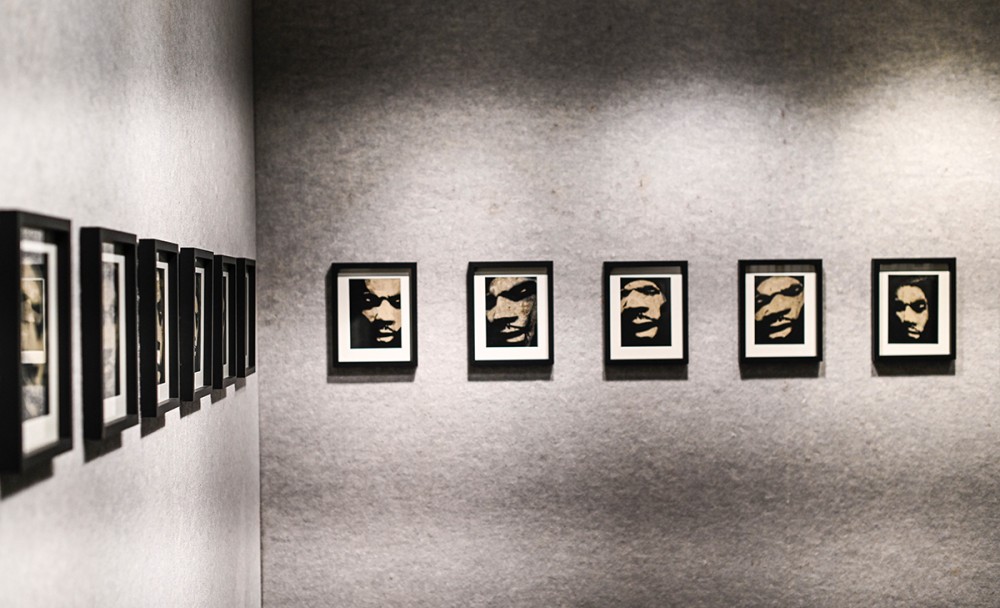Bringing forth Lazarus from a blank canvas
“Life is built, and then it stops, and then Christ reaches in and brings it forward again.”

Ross Wilson is an internationally acclaimed artist who was honored by Queen Elizabeth II with a British Empire Medal. If you visit London, you can see his portraits of Seamus Heaney and Derek Walcott in the National Portrait Gallery; his work is also in the Tate Britain. Fans of C. S. Lewis may recognize Wilson’s sculpture in Belfast, The Searcher, which depicts Lewis opening the wardrobe from The Chronicles of Narnia.
In November 2019, Wilson created a series of 60 portraits of Lazarus, The Calling of Lazarus, for the Windgate Art Gallery at John Brown University, where I teach. The exhibit consists of portraits of equal size that line the gallery’s three walls like a roll of film being spread out. Wilson’s aim is to show Lazarus at the instant of animation, when he hears the voice of Jesus call, “Lazarus, come forth.” Notably, Lazarus’s features are African American.
The evening I first saw the exhibit, I found myself filled with a wordless gratitude. I wanted to dig more deeply into why these paintings are so effective, so I asked Wilson if we could talk about them. He spoke to me from his home in Northern Ireland.




